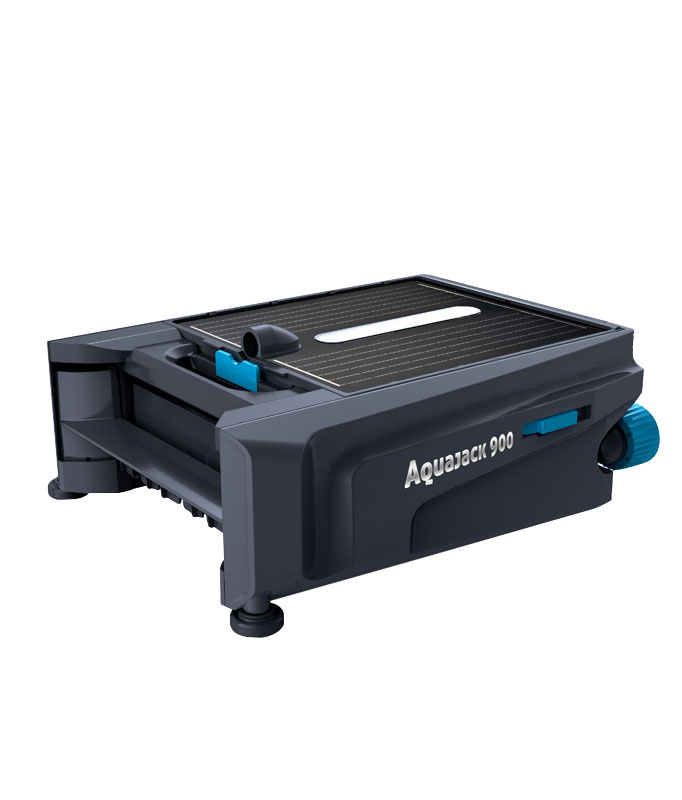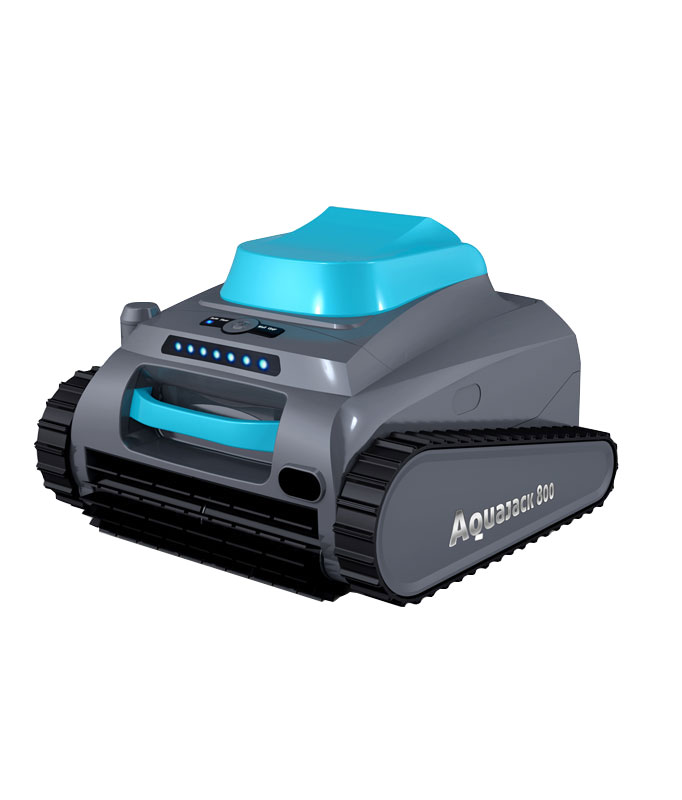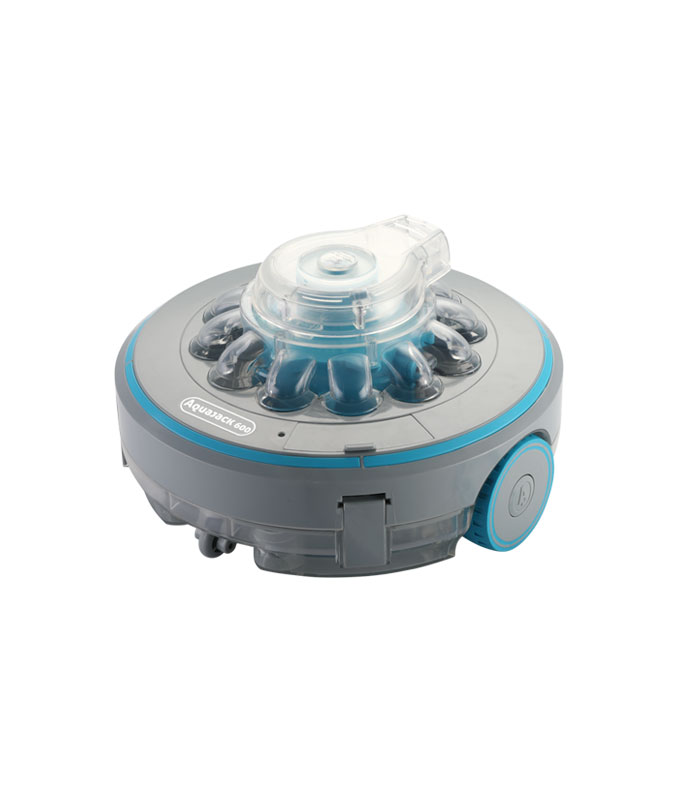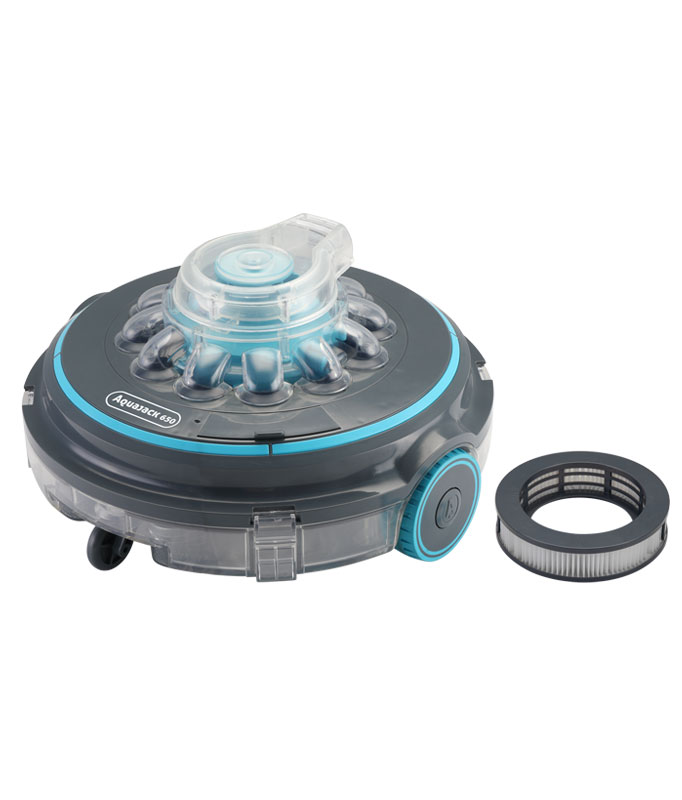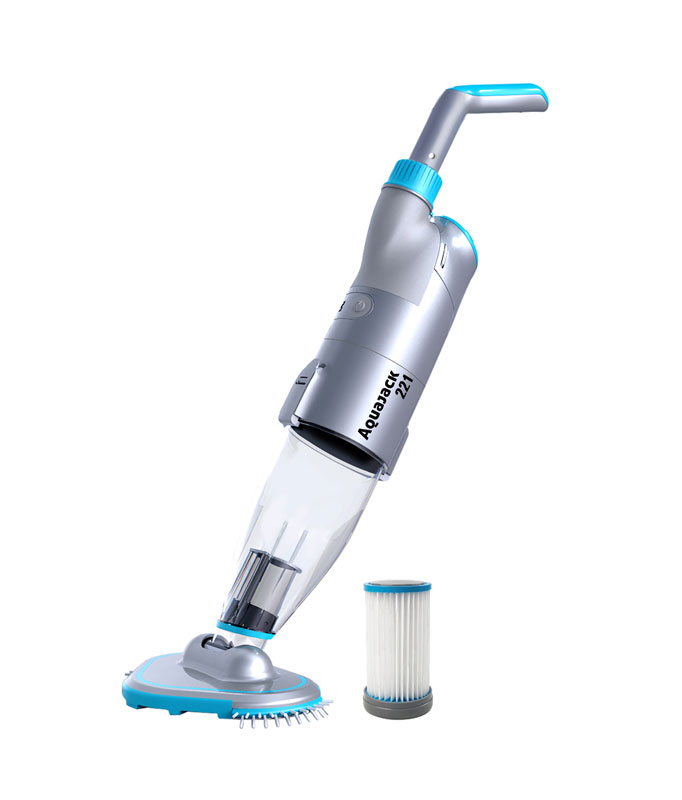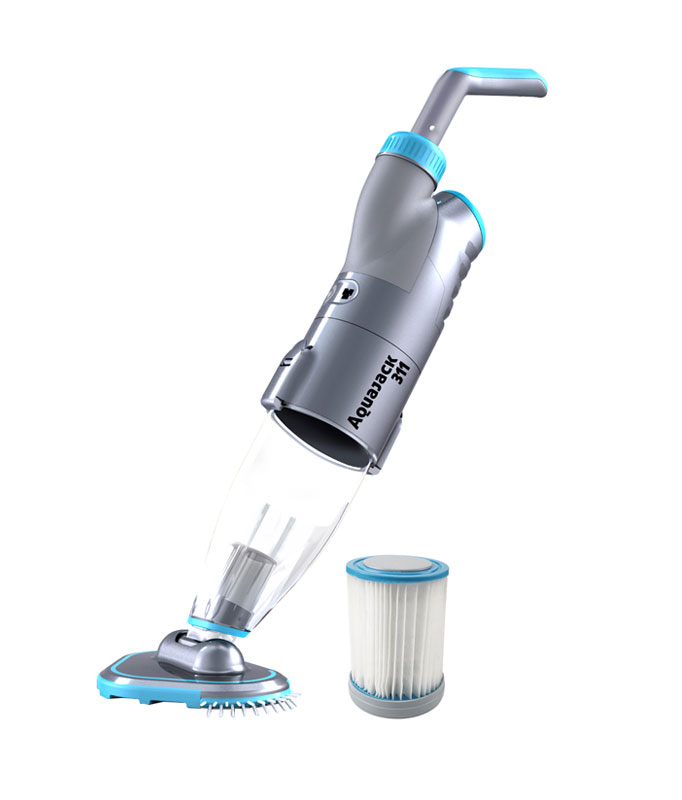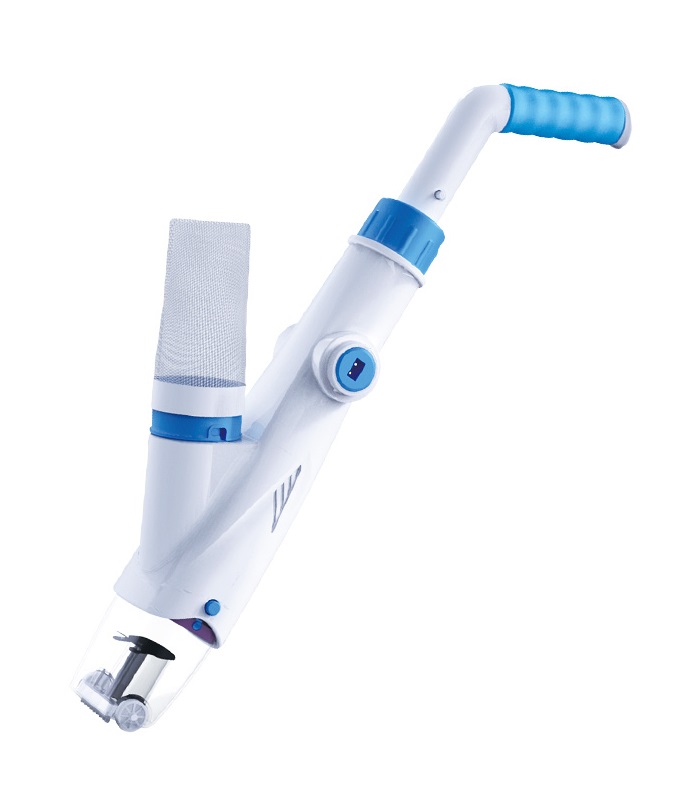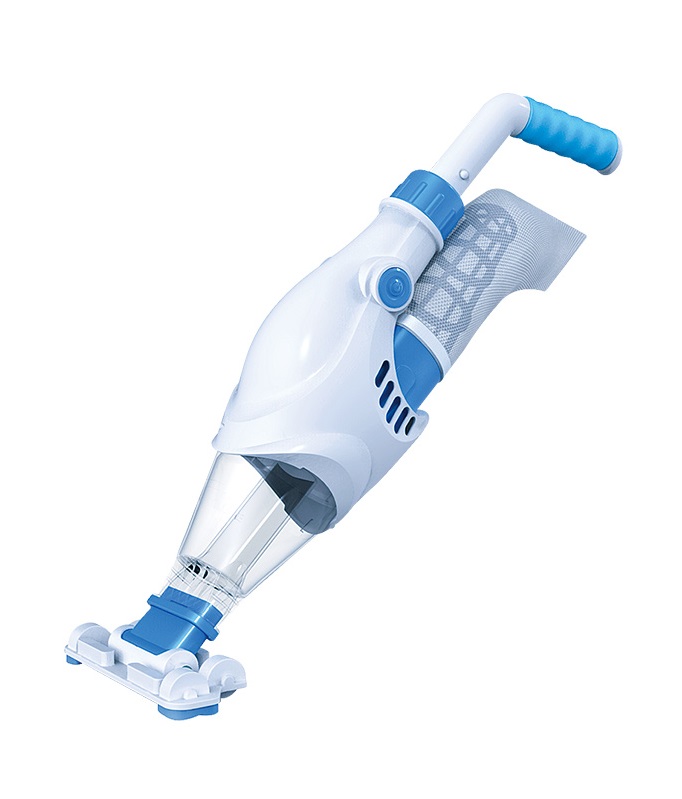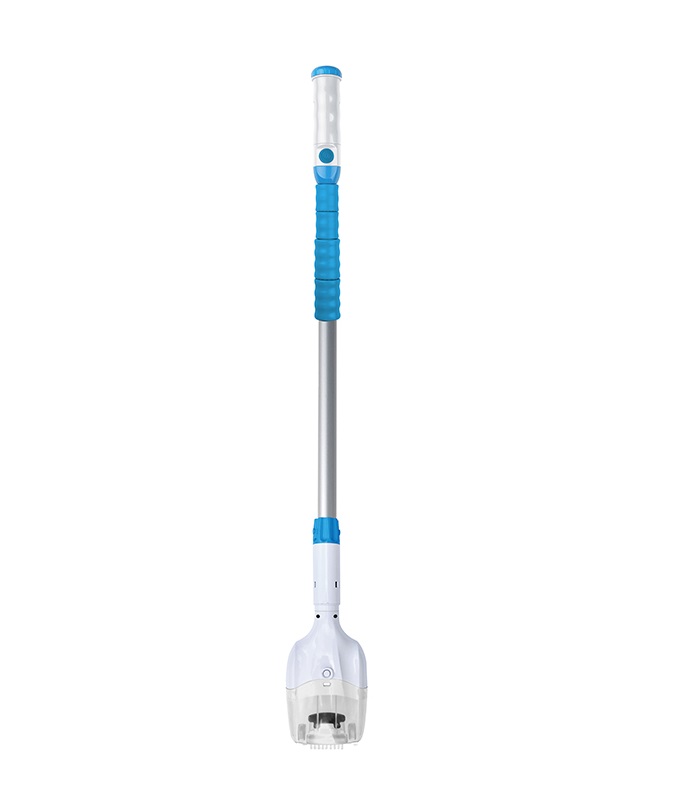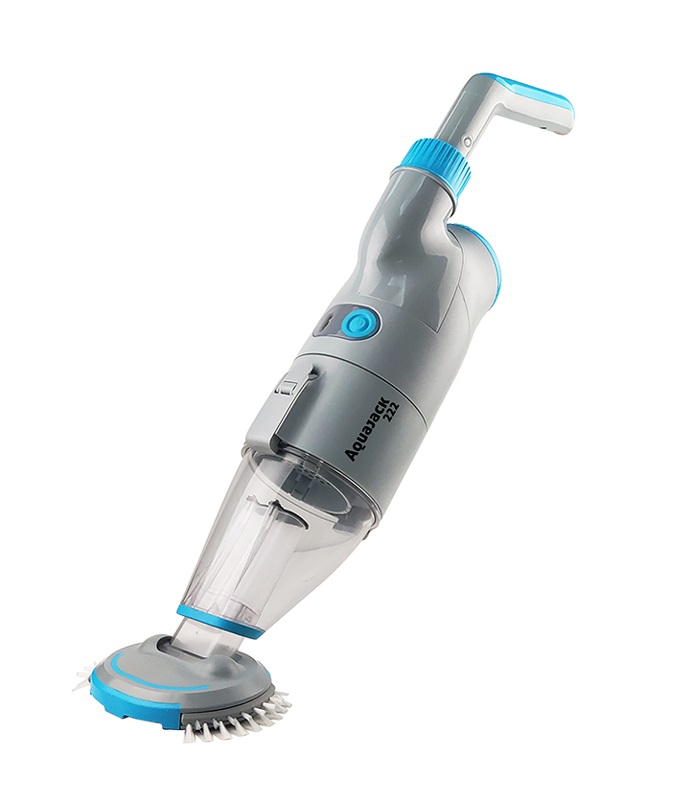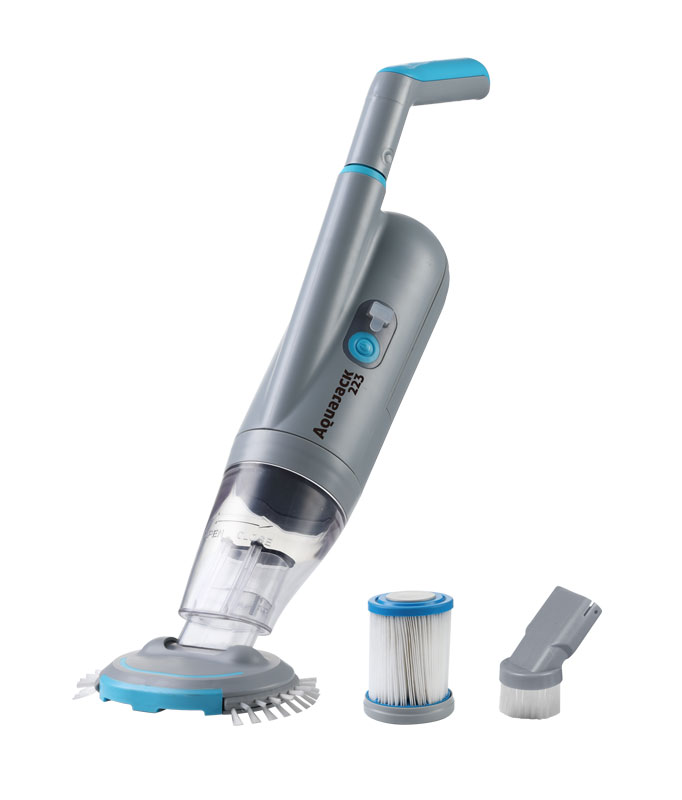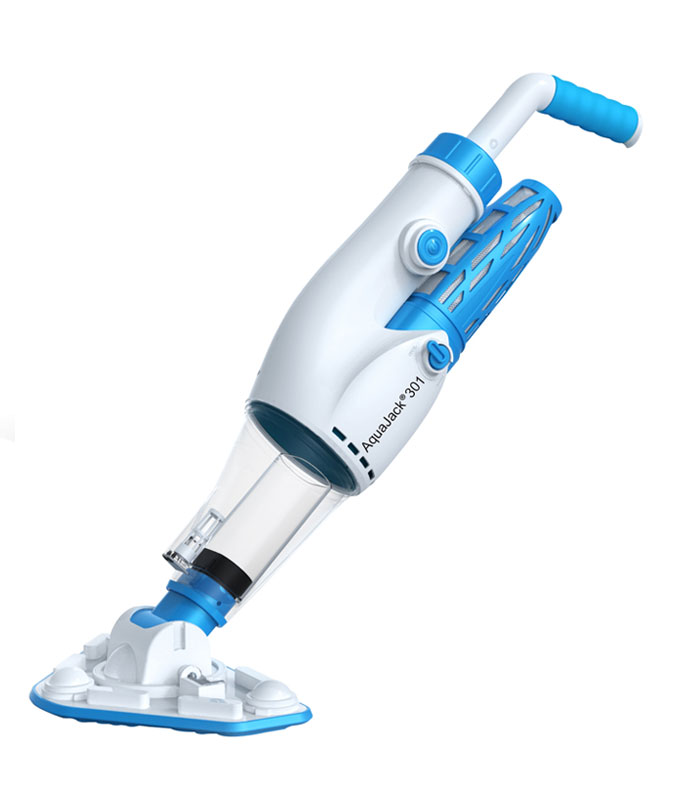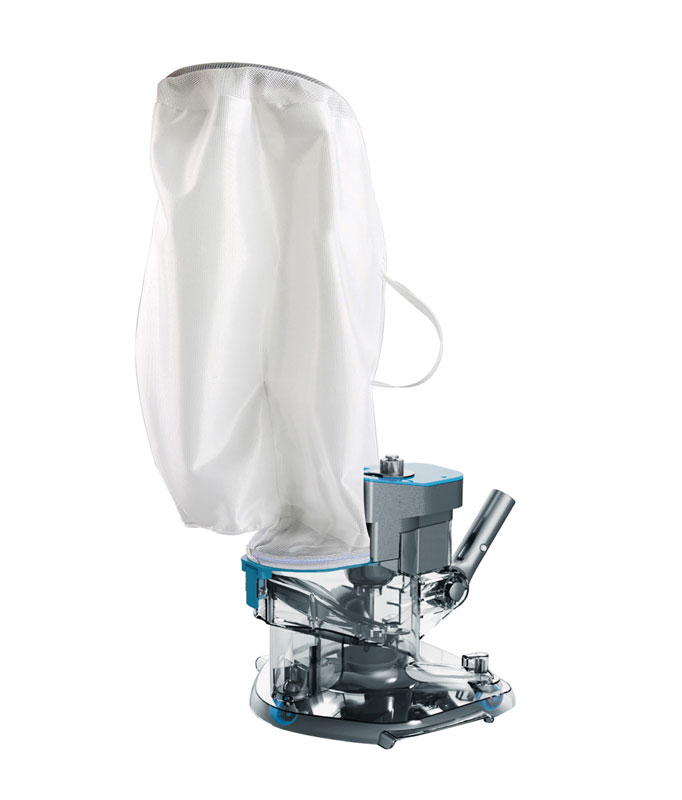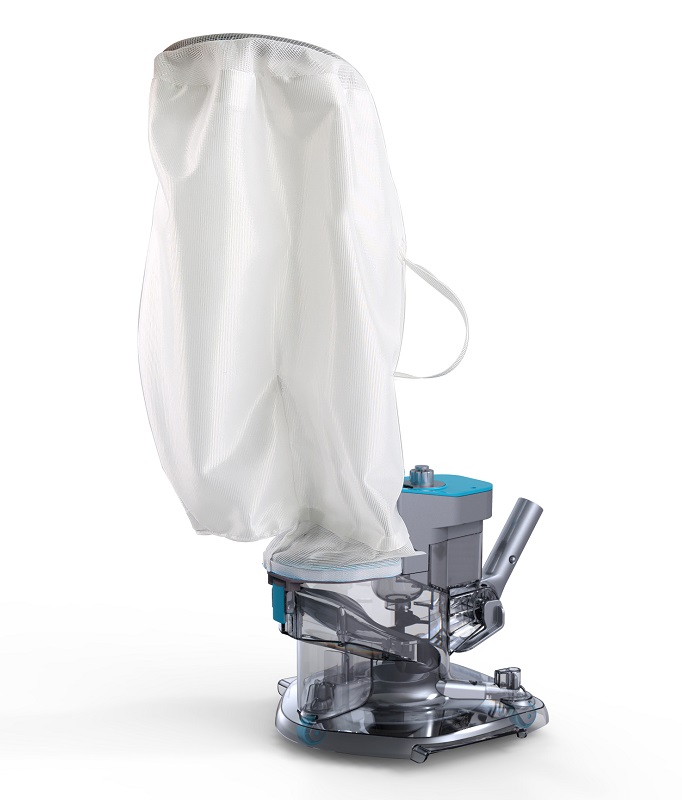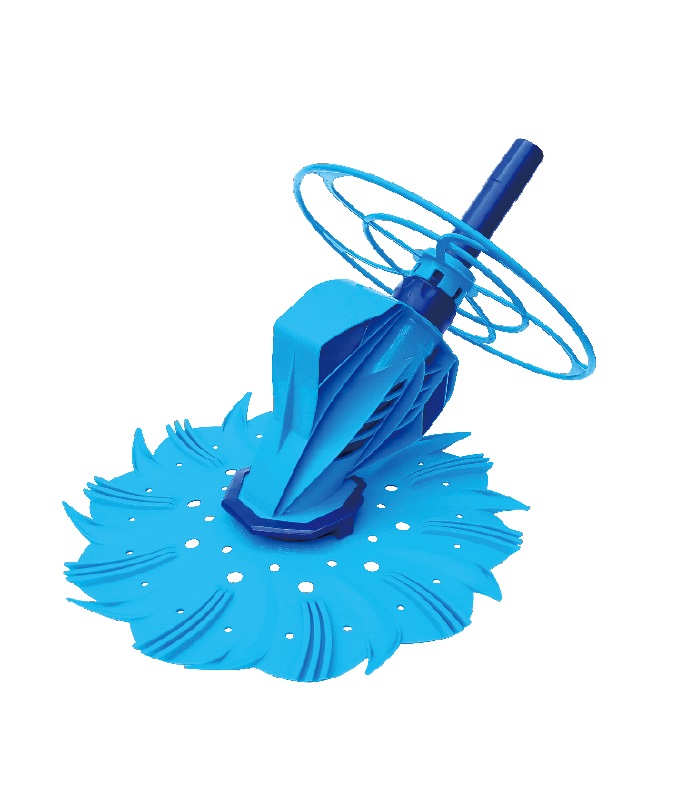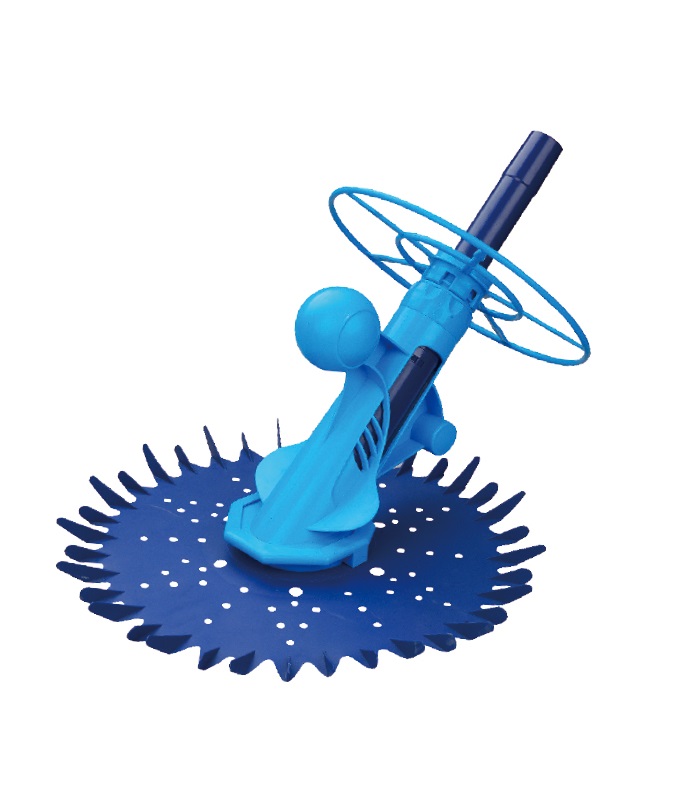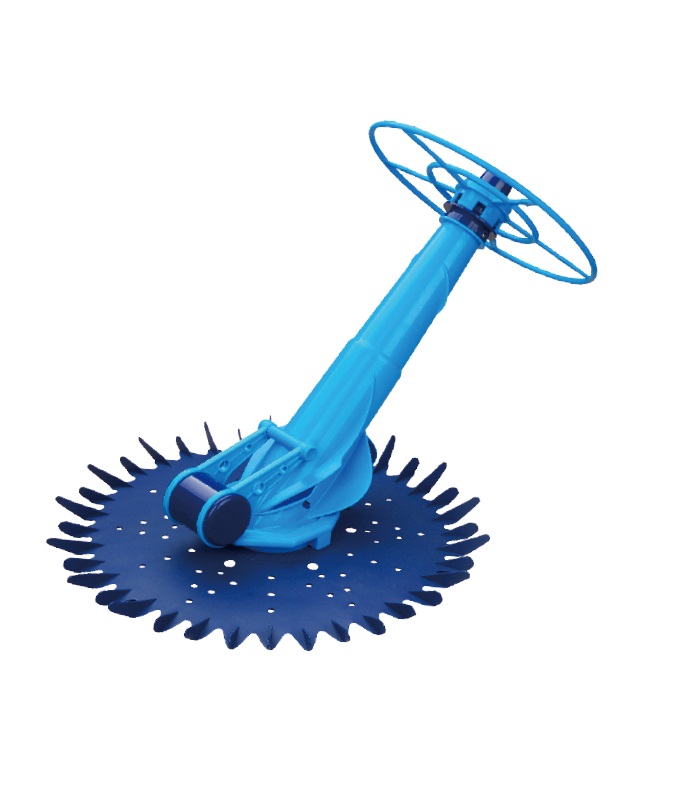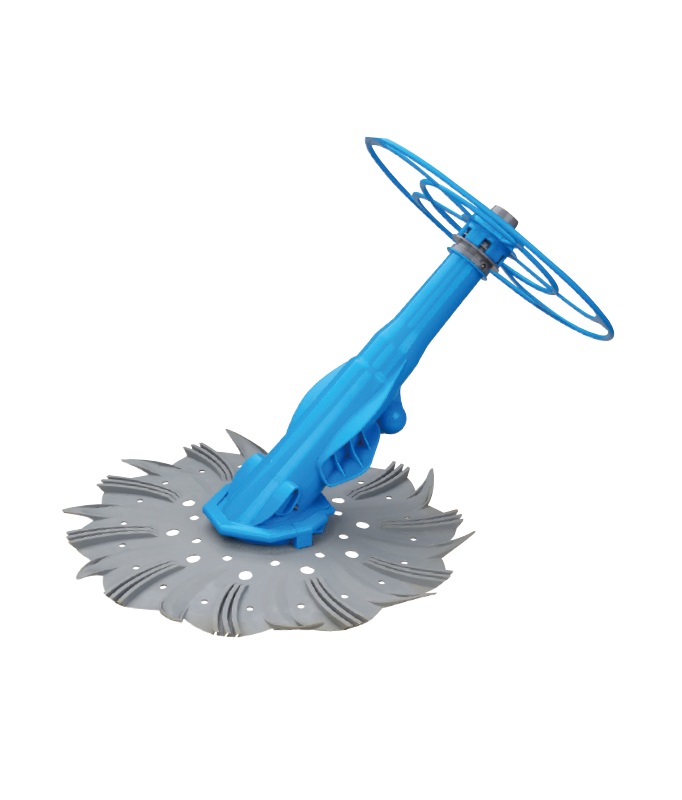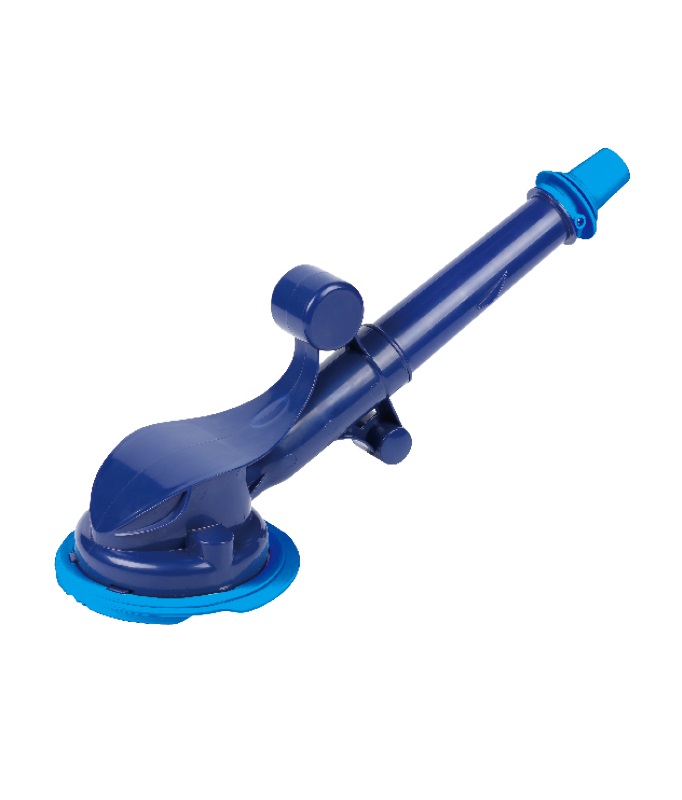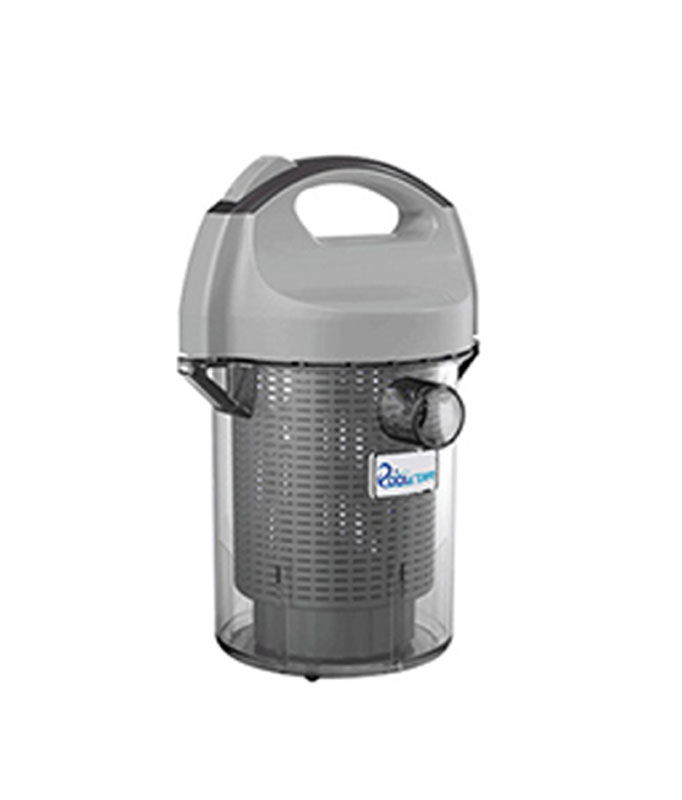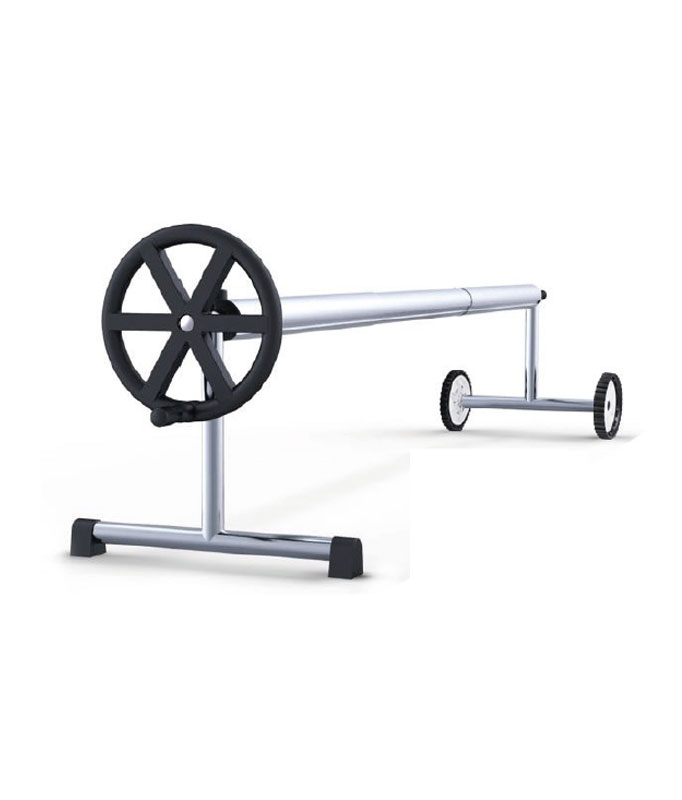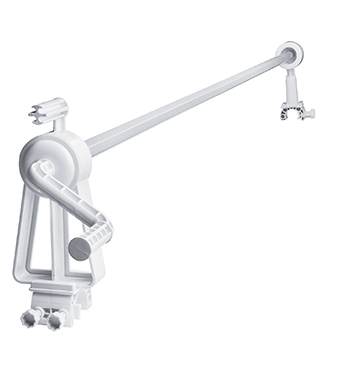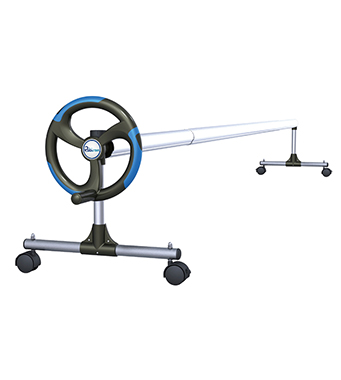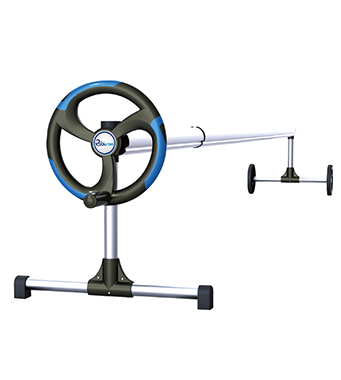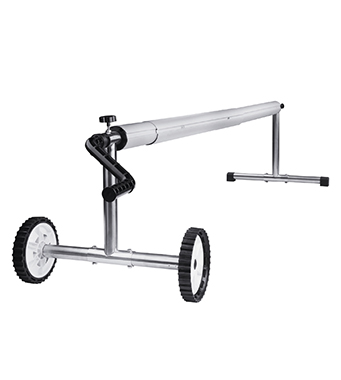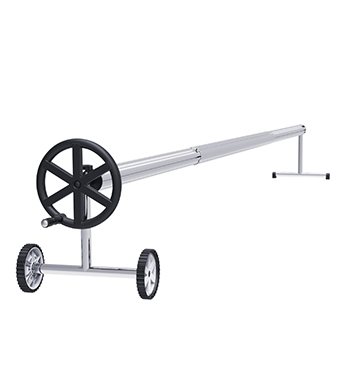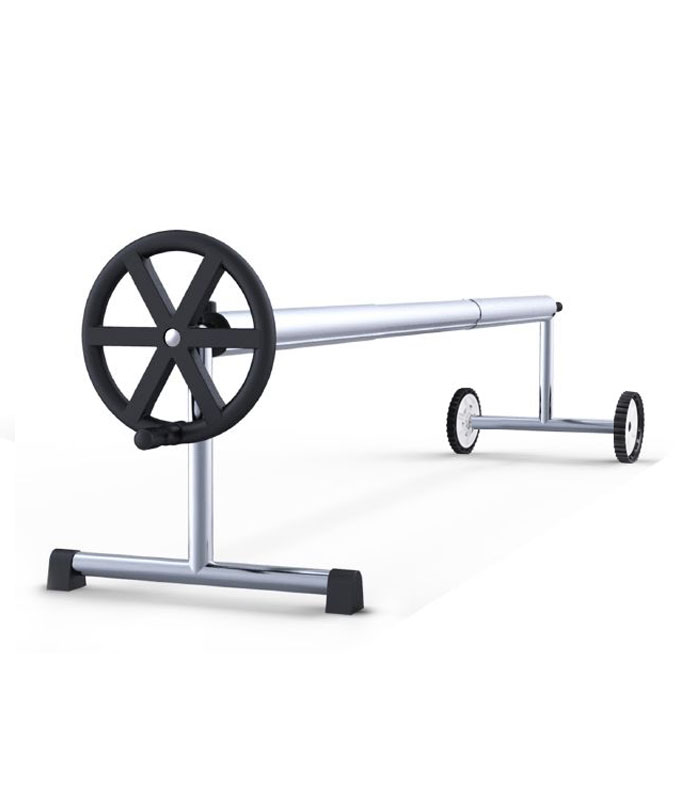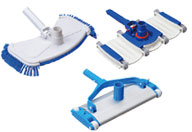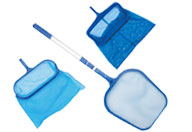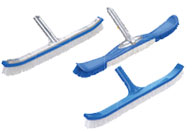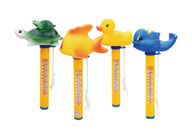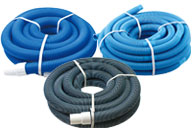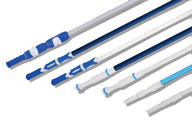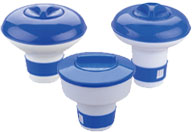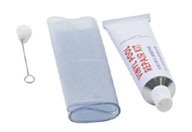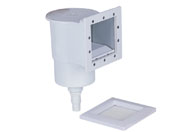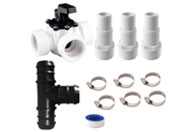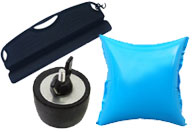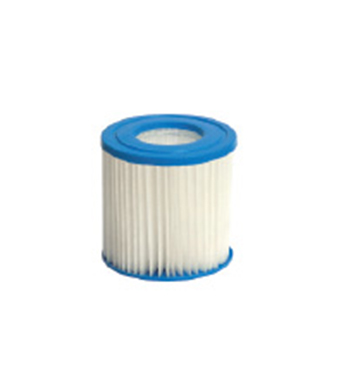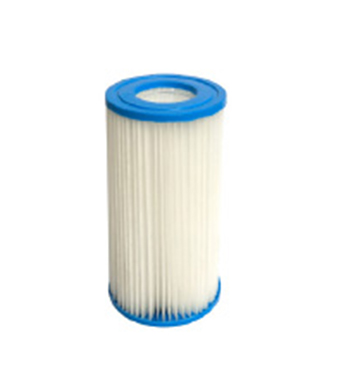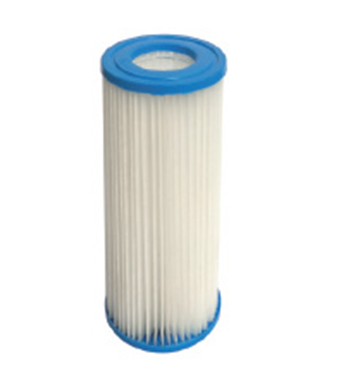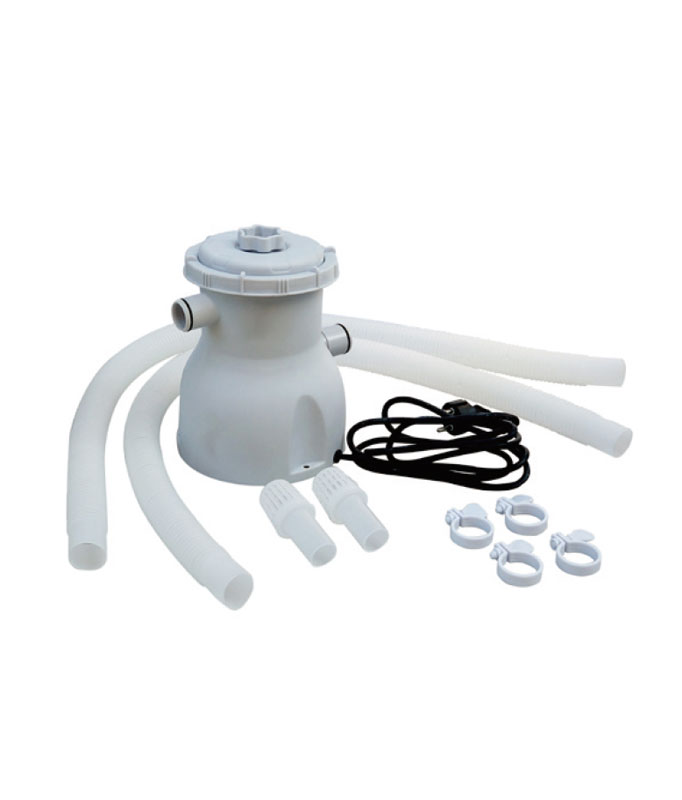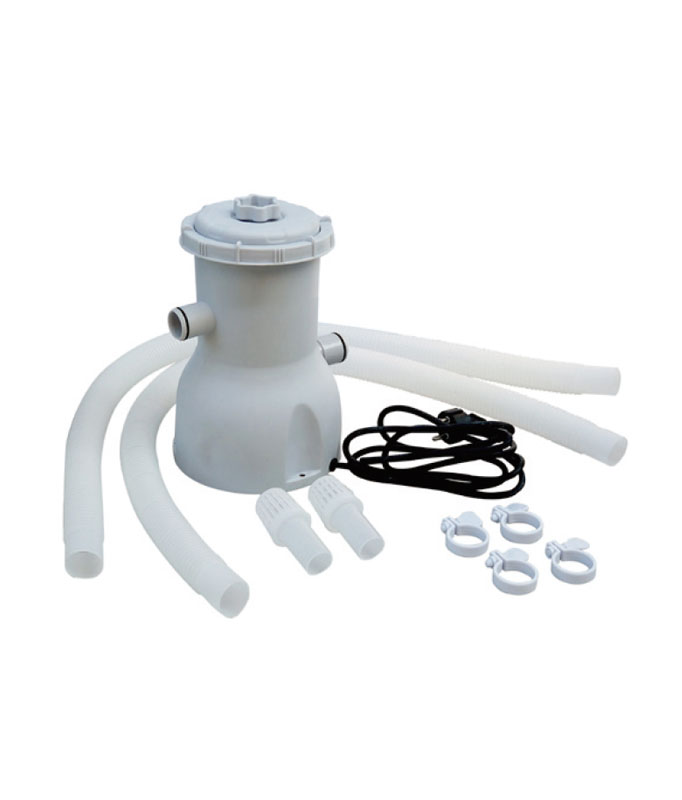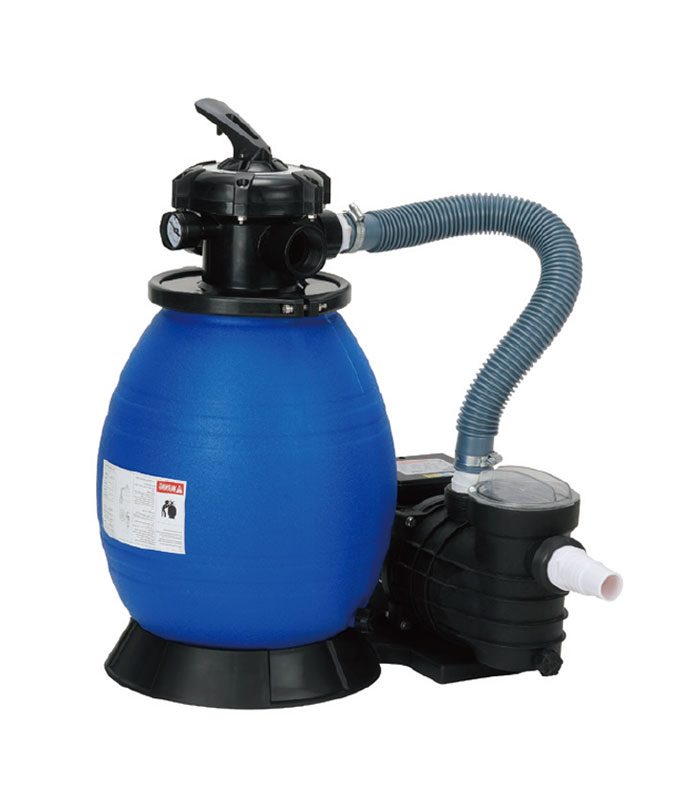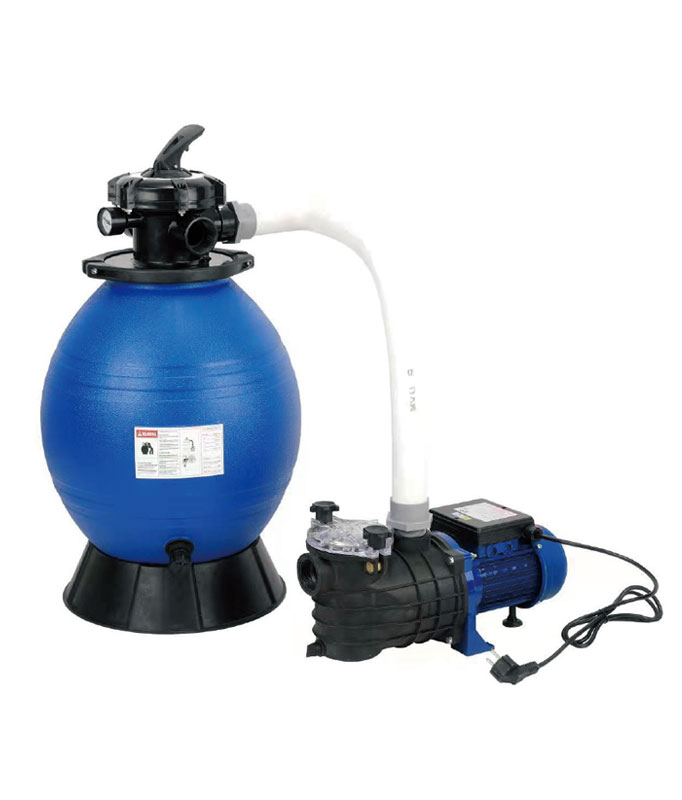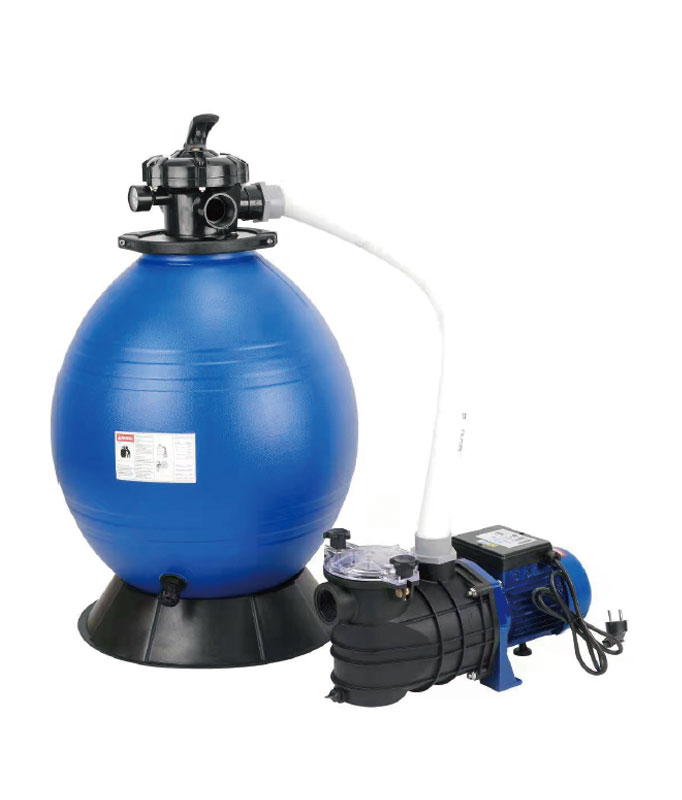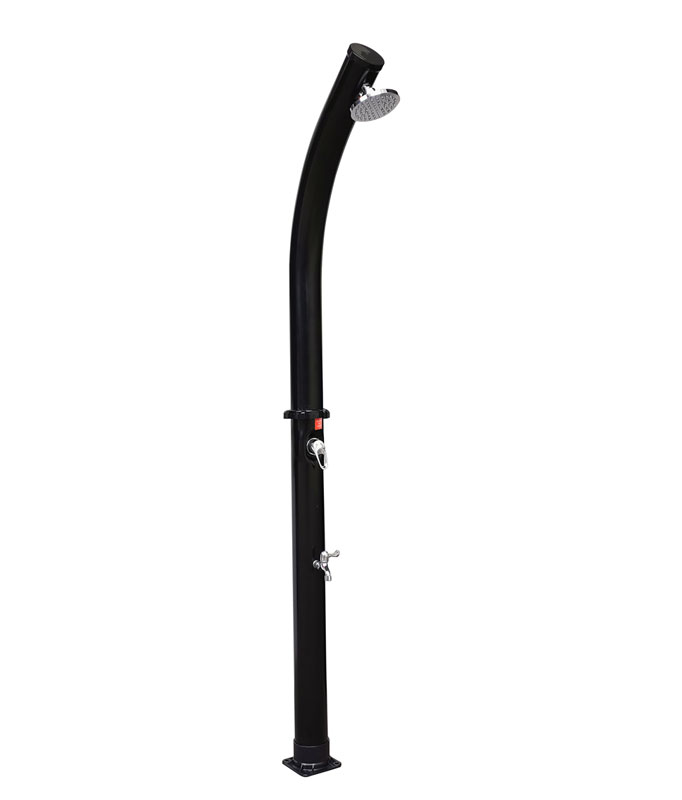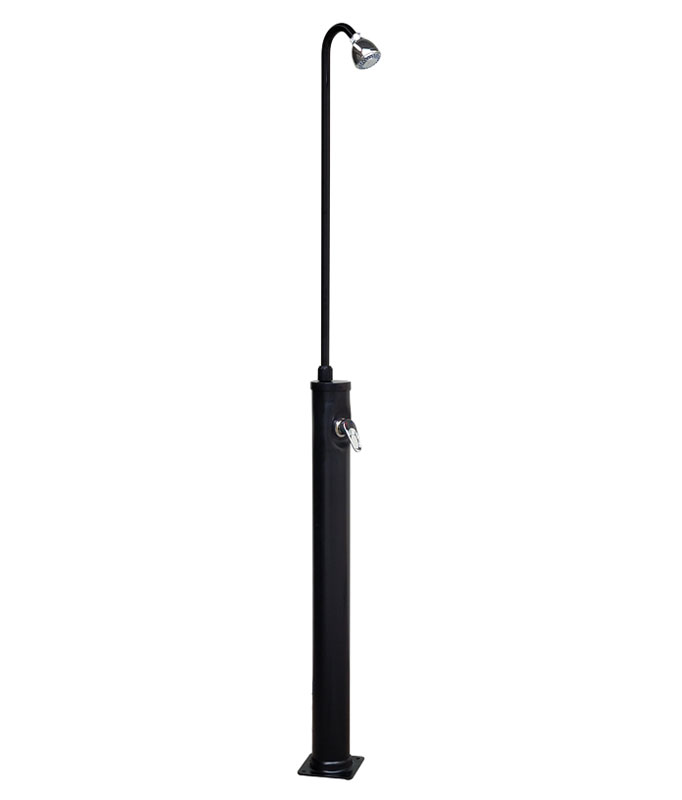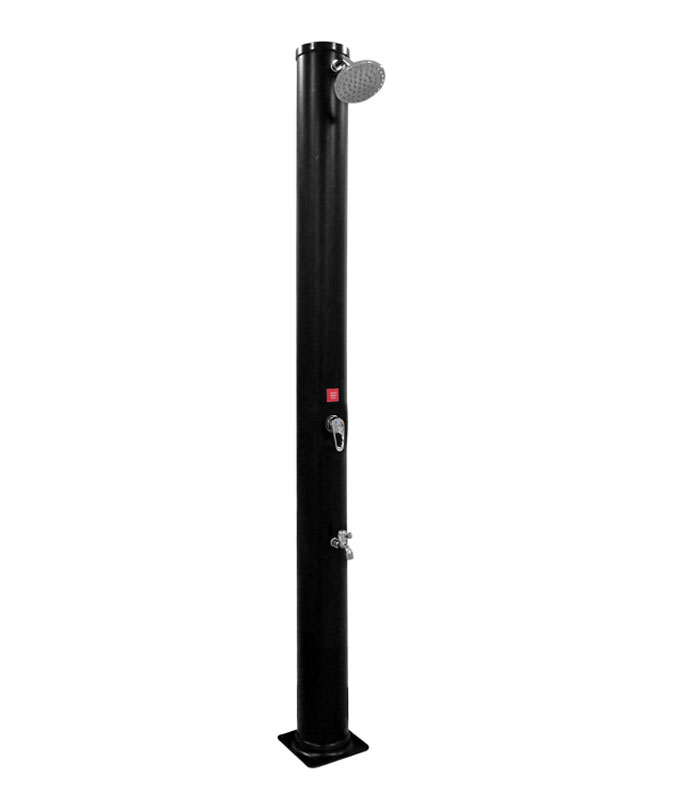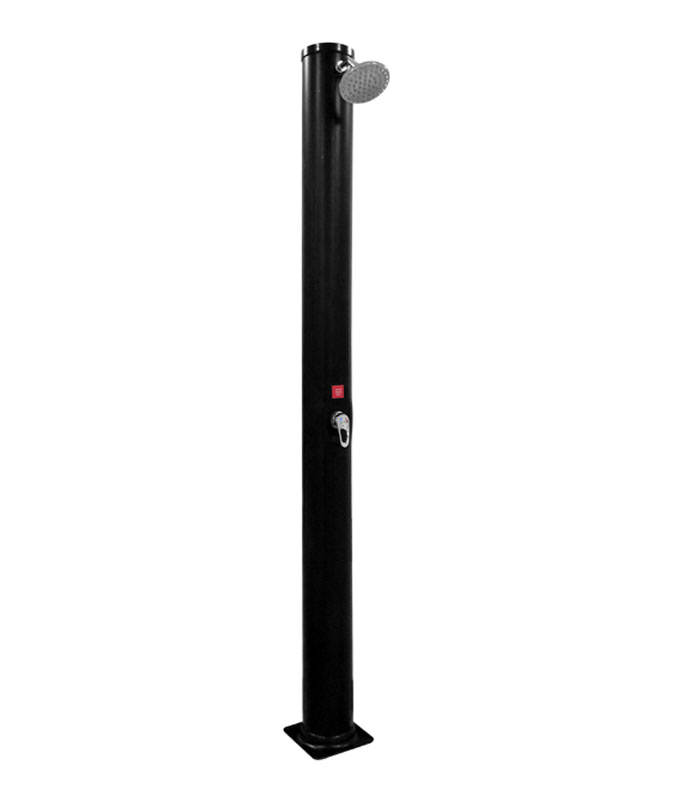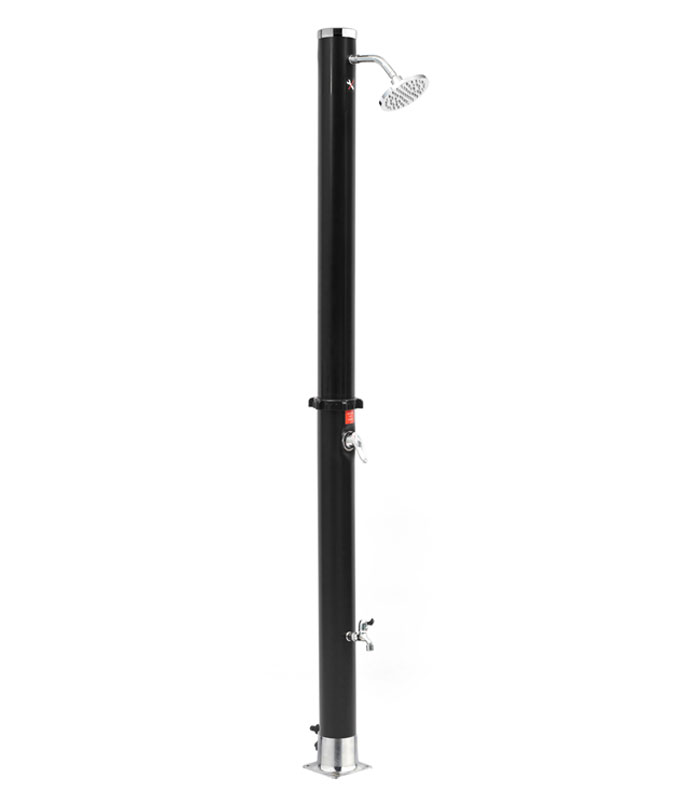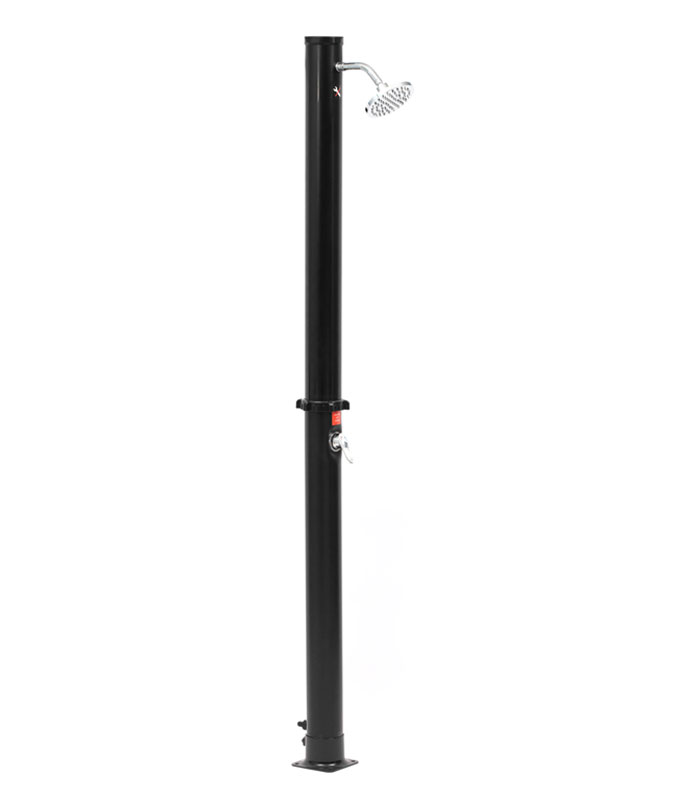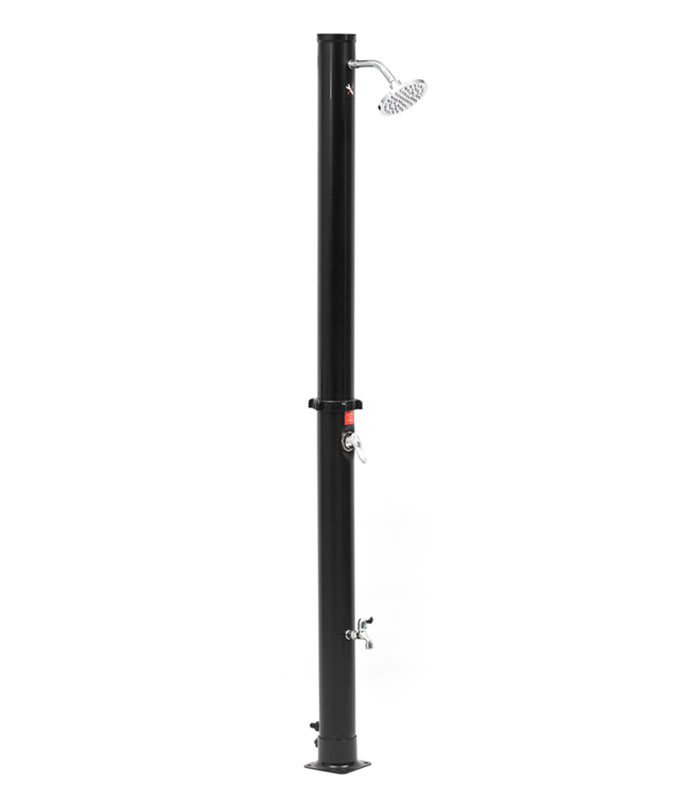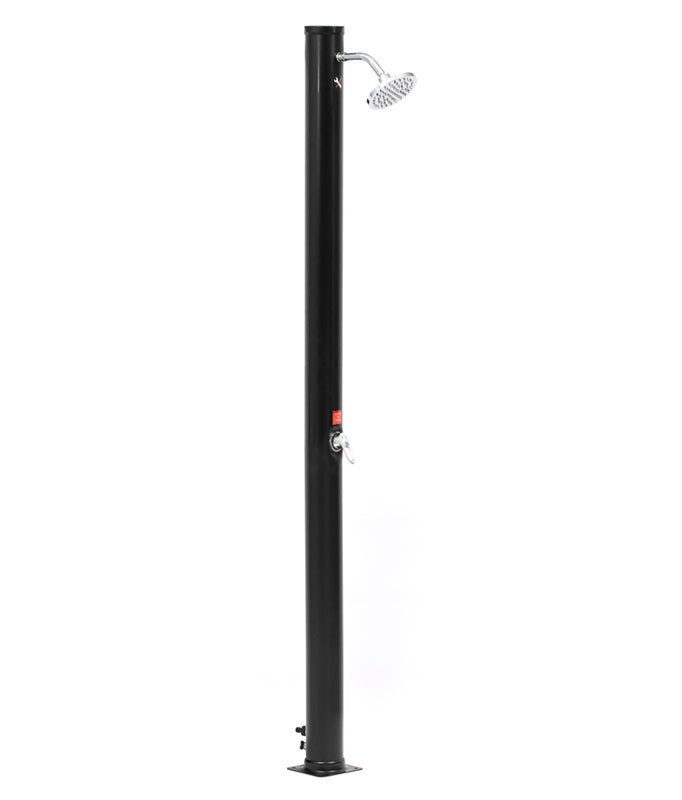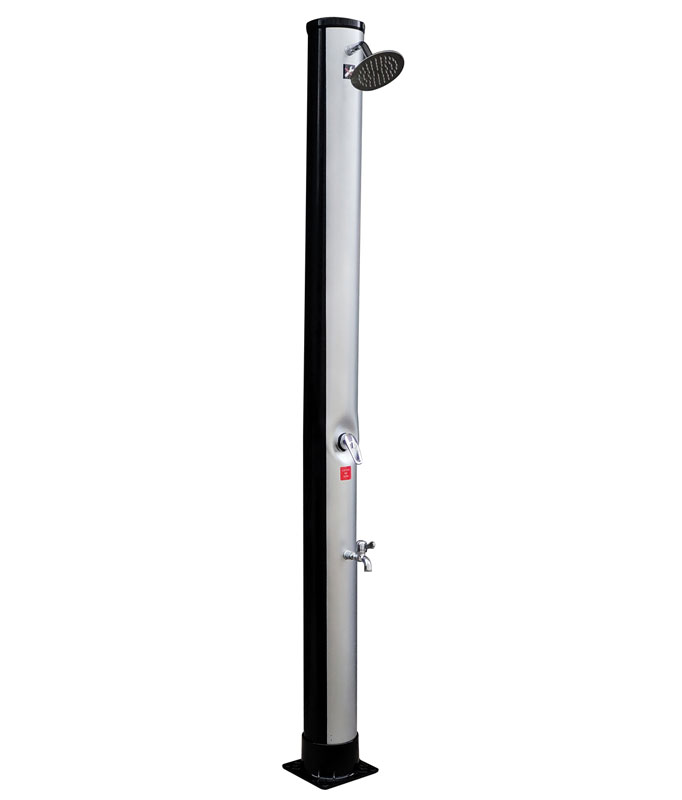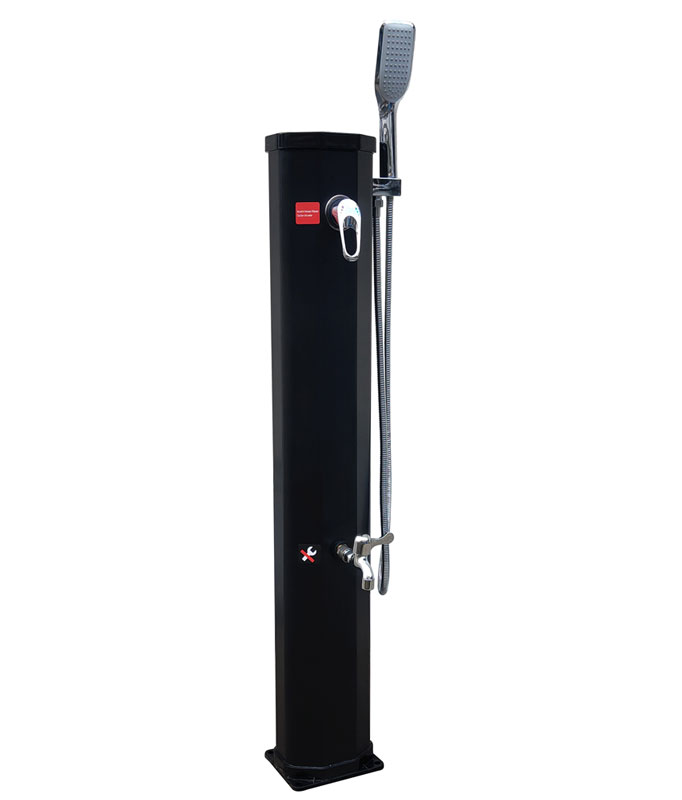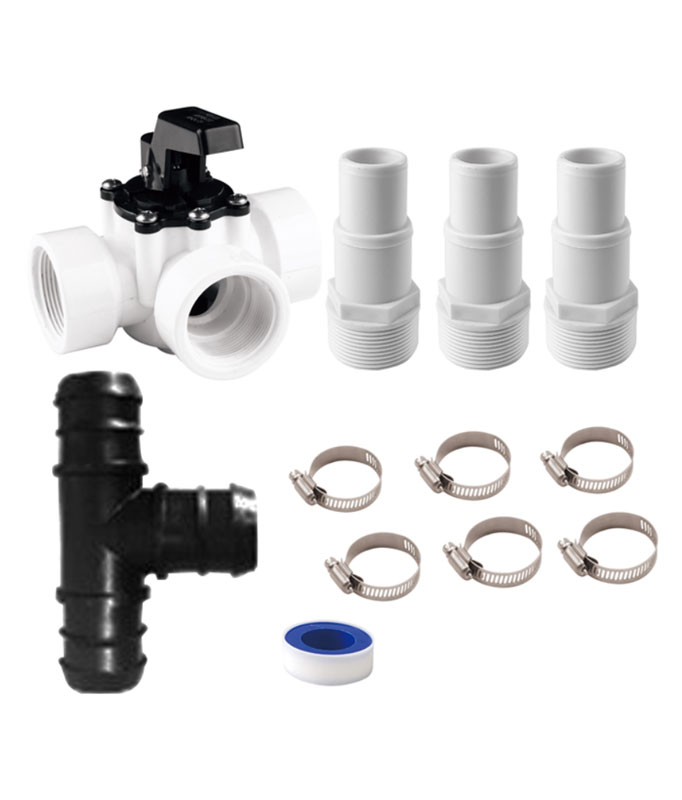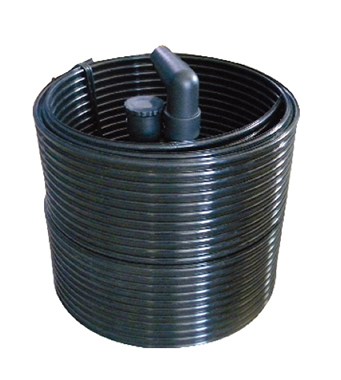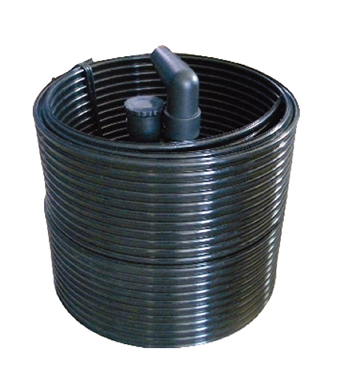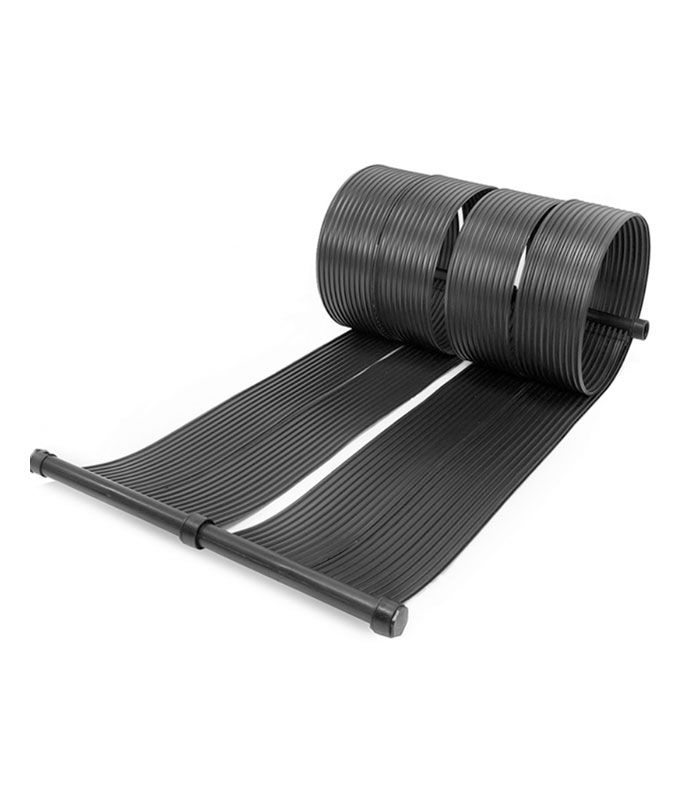Lithium batteries power many cleaning devices, but balancing their endurance with cleaning efficiency often challenges you. Overcharging, improper maintenance, and extreme temperatures can shorten battery life. By adopting a balance solution between the endurance and cleaning efficiency of lithium batteries, you improve performance and extend lifespan. Learn more at https://www.cnpoolstar.com/product/p1156-cordless-pool-vacuum-cleaner-365.html.
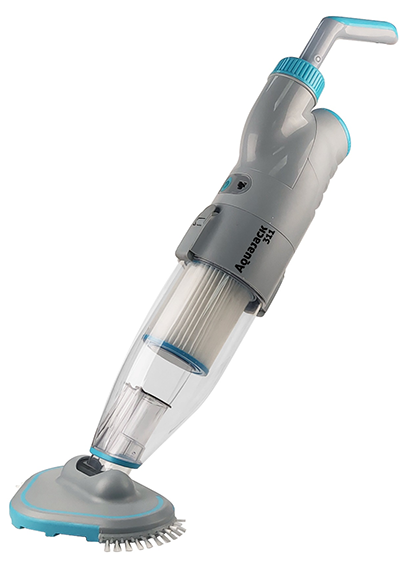
Key Takeaways
- Charge lithium batteries between 20% and 80% to last longer.
- Keep batteries away from heat, cold, and moisture to stay safe.
- Check batteries often and clean contacts to avoid problems.
A Balance Solution Between the Endurance and Cleaning Efficiency of Lithium Batteries
Understanding Battery Longevity and Cleaning Efficiency
To achieve optimal performance, you need to understand the relationship between battery longevity and cleaning efficiency. Battery longevity refers to how long a lithium battery can maintain its capacity and functionality over time. Cleaning efficiency, on the other hand, measures how effectively your cleaning device performs its tasks. Striking a balance between these two factors ensures that your device operates at peak performance without prematurely wearing out the battery.
When you prioritize cleaning efficiency, the battery often works harder, which can lead to faster degradation. Conversely, focusing solely on battery longevity might mean compromising on the cleaning power of your device. A balance solution between the endurance and cleaning efficiency of lithium batteries involves finding the sweet spot where both aspects are optimized. This requires understanding how your usage patterns and maintenance habits impact the battery.
How Charging Habits and Depth of Discharge Affect Performance
Your charging habits play a crucial role in maintaining battery health. Overcharging or letting the battery drain completely can significantly reduce its lifespan. Lithium batteries perform best when you keep their charge level between 20% and 80%. Avoiding full discharges and overcharging helps prevent unnecessary stress on the battery cells.
Depth of discharge (DoD) refers to how much of the battery's capacity you use before recharging. A higher DoD means you’re using more of the battery’s capacity, which can accelerate wear and tear. For example, if you consistently let the battery drain to 0% before recharging, it will degrade faster. By recharging the battery before it drops too low, you can extend its lifespan while maintaining cleaning efficiency.
To implement a balance solution between the endurance and cleaning efficiency of lithium batteries, adopt smart charging practices. Use chargers designed for lithium batteries and avoid leaving the device plugged in for extended periods. These small adjustments can make a big difference in performance and longevity.
The Role of Temperature and Maintenance in Battery Health
Temperature has a significant impact on lithium battery performance. Extreme heat or cold can damage the battery and reduce its capacity. You should always operate and store your cleaning device within the recommended temperature range, typically between 32°F and 95°F (0°C to 35°C). Avoid exposing the battery to direct sunlight or freezing conditions, as these can cause irreversible damage.
Regular maintenance also plays a key role in preserving battery health. Clean the battery contacts to ensure a proper connection and inspect the battery for signs of wear or damage. If your cleaning device has a removable battery, store it separately when not in use for extended periods. Proper maintenance not only extends battery life but also ensures consistent cleaning performance.
By managing temperature and maintaining the battery, you contribute to a balance solution between the endurance and cleaning efficiency of lithium batteries. These practices help you get the most out of your device while protecting its power source.
Practical Strategies to Improve Endurance Without Compromising Cleaning Efficiency
Adopt Smart Charging Practices
Your charging habits directly impact the lifespan and performance of lithium batteries. To maximize endurance, avoid overcharging or letting the battery drain completely. Instead, aim to keep the charge level between 20% and 80%. This range minimizes stress on the battery cells and prevents unnecessary wear.
Use chargers specifically designed for lithium batteries. Generic chargers may not regulate voltage properly, which can harm the battery. If your cleaning device supports fast charging, use it sparingly. While convenient, fast charging generates heat that can degrade the battery over time.
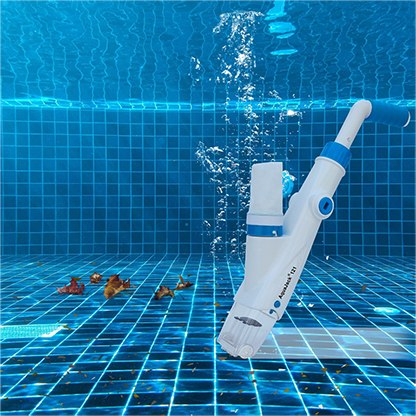
Tip: Set reminders to unplug your device once it reaches the optimal charge level. This simple habit can significantly extend battery life.
Maintain Optimal Operating Conditions
Operating your cleaning device in the right conditions ensures both battery health and cleaning efficiency. Lithium batteries perform best within a temperature range of 32°F to 95°F (0°C to 35°C). Extreme temperatures, whether hot or cold, can reduce capacity and shorten lifespan.
Keep your device away from direct sunlight or freezing environments. If you use it outdoors, store it in a shaded area when not in use. For indoor devices, ensure proper ventilation to prevent overheating.
Humidity also affects battery performance. High moisture levels can corrode battery contacts, leading to reduced efficiency. Regularly check the environment where you store and use your device to maintain optimal conditions.
Regularly Monitor and Maintain Battery Health
Monitoring your battery’s health helps you catch issues early and maintain peak performance. Check the battery for physical damage, such as swelling or leaks. These signs indicate that the battery may need replacement.
Clean the battery contacts regularly to ensure a strong connection. Dust and debris can interfere with the flow of electricity, reducing efficiency. If your cleaning device has a removable battery, store it separately when not in use for extended periods.
Note: Many modern cleaning devices come with built-in battery management systems (BMS). These systems provide real-time data on battery health and usage. Use this information to adjust your habits and prolong battery life.
By adopting these strategies, you achieve a balance solution between the endurance and cleaning efficiency of lithium batteries. These practices not only extend battery life but also ensure your cleaning device operates at its best.
Advanced Methods to Optimize Battery Performance and Cleaning Efficiency
Leverage Battery Management Systems (BMS)
Battery Management Systems (BMS) are essential for maintaining lithium battery health. These systems monitor key parameters like voltage, temperature, and charge levels. By using a device with a built-in BMS, you can prevent overcharging, overheating, and deep discharges. This technology ensures your battery operates within safe limits, which extends its lifespan.
Some BMS also provide real-time data on battery performance. You can use this information to adjust your cleaning habits and optimize efficiency. For example, if the system alerts you to high temperatures, you can pause usage to let the battery cool down. A BMS acts as a safeguard, helping you achieve a balance solution between the endurance and cleaning efficiency of lithium batteries.
Optimize Cleaning Device Settings
Adjusting your cleaning device settings can significantly impact battery performance. Many devices offer multiple modes, such as eco-mode or high-power mode. Eco-mode uses less energy, which conserves battery life. High-power mode, while effective for tough cleaning tasks, drains the battery faster.
Use high-power mode only when necessary. For routine cleaning, switch to a lower setting. This approach reduces strain on the battery while maintaining cleaning efficiency. Regularly reviewing and fine-tuning your device settings ensures you get the best performance without compromising battery health.
Invest in High-Quality Lithium Batteries
Not all lithium batteries are created equal. High-quality batteries often feature better materials and advanced designs, which improve both longevity and performance. While they may cost more upfront, they save you money in the long run by lasting longer and delivering consistent power.
Look for batteries from reputable manufacturers. Check for certifications that guarantee safety and quality. Investing in a reliable battery ensures your cleaning device performs efficiently and reduces the need for frequent replacements. This is a smart way to maintain a balance solution between the endurance and cleaning efficiency of lithium batteries.
Balancing battery endurance and cleaning efficiency ensures your device performs optimally while extending its lifespan. Focus on strategies like smart charging, maintaining ideal conditions, and leveraging advanced tools like BMS.
Tip: Start applying these practices today. Small changes in your habits can lead to long-term benefits for both your battery and cleaning device.
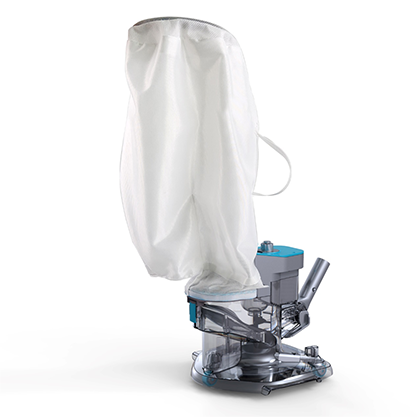
FAQ
What is the ideal charge level for lithium batteries?
Keep the charge between 20% and 80%. This range reduces stress on the battery cells and extends its lifespan.
How can you prevent overheating during charging?
Charge your device in a cool, ventilated area. Avoid direct sunlight or enclosed spaces that trap heat.
Can you use any charger for lithium batteries?
No, always use chargers designed for lithium batteries. Generic chargers may damage the battery by not regulating voltage properly.
Tip: Check your device manual for recommended chargers to ensure compatibility and safety.

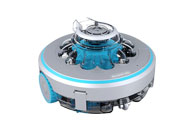 Robotic Pool Cleaner
Robotic Pool Cleaner 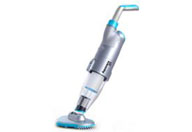 Portable Pool Vacuum Cleaner
Portable Pool Vacuum Cleaner 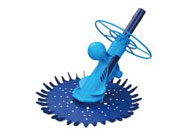 Automatic Pool Cleaner
Automatic Pool Cleaner 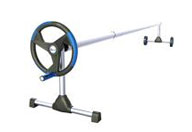 Pool Cover Reel
Pool Cover Reel 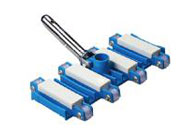 Pool Cleaning Accessories
Pool Cleaning Accessories 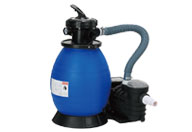 Pool Filter Pump
Pool Filter Pump 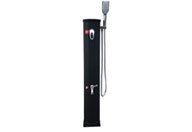 Pool Solar Shower
Pool Solar Shower 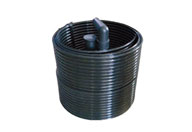 Pool Solar Collector
Pool Solar Collector 